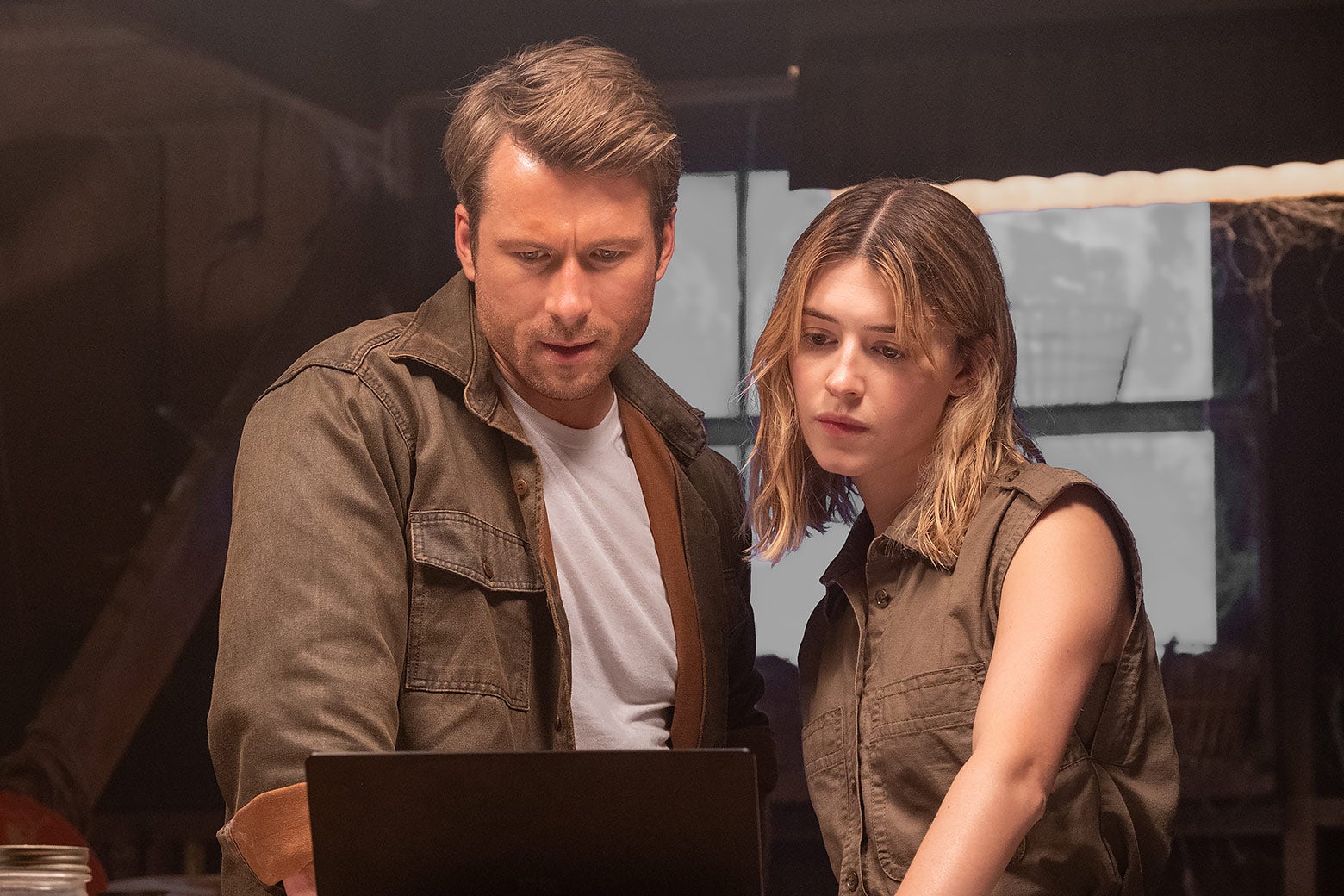
Twisters: The new movie takes a rather unexpected approach to climate change.
SlateWhen the storm chasers in the original Twister happen upon an unprecedented weather event, they can’t believe their luck. Helen Hunt’s meteorologist is practically giddy with excitement when she informs her colleagues that “it’s the biggest series of storms in 12 years, one lined up right after the other,” adding that the National Severe Storms Laboratory has “never seen anything like it.” But by the time Twisters picks up the story nearly 30 years later, extreme weather is no longer such an extraordinary occurrence. At least in Tornado Alley, the vertical strip in the Central U.S. where the movies take place, dramatic and destructive storms are regular enough that you can build a business plan around them, whether you’re a land baron buying up properties at fire-sale prices or a social-media star like Glen Powell’s Tyler Owens, who steers his specially modified pickup truck into harm’s way and flashes a gleaming grin to the camera amid the chaos. The logic of sequels requires that Twisters raise the stakes, and so Daisy Edgar-Jones’ meteorologist Kate Cooper—who, like Hunt’s character, is driven by the tornado-related loss of loved ones, and similarly spends the bulk of the movie in a white tank top—isn’t out just to give people an even longer head start. Despite three decades of technological leaps, deploying Kate’s hoped-for solution still involves driving trucks through wheat fields at high rates of speed and hoping that the storm gets close enough to suck up their payload—barrels full of, in this case, sodium polyacrylate, the same substance that, as one character points out early on, is used in diapers.
History of this topic

Experts slam "lost opportunity" as disaster film "Twisters" fails to acknowledge climate change
Salon
‘Twisters’ Is Another Sequel We Probably Didn’t Need
Huff Post
Director Lee Isaac Chung shares the inspirations behind 'Twisters'
NPR
Twisters: The new Twister movie is a pure, mindless hoot.
Slate
Review: ‘Twisters’ chases a blockbuster storm of yesteryear — and may even outrun it
LA TimesChasing ‘Twisters’ and collaborating with ‘tornado fanatic’ Steven Spielberg
Associated PressDiscover Related











